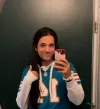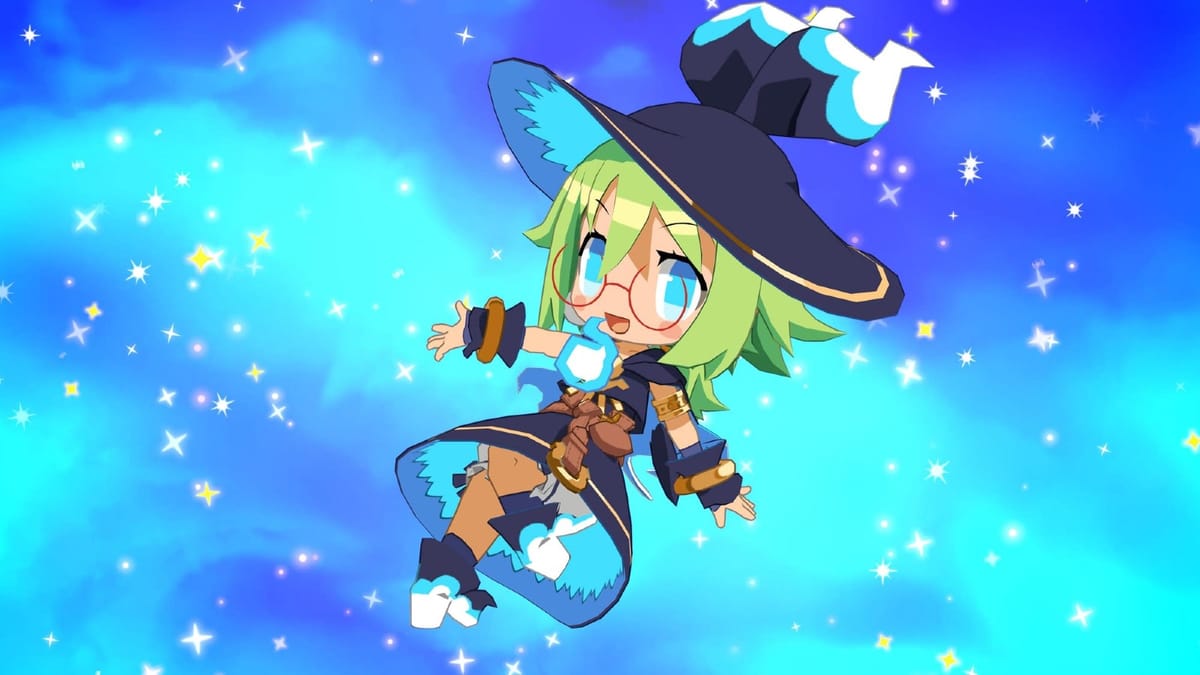
In 2004, the world was introduced to Phantom Brave, Marona, and her best friend, Ash the phantom. Phantoms are the spirits of some of the dead who still have jobs to do on the planet, which Marona can see because of her Chartreuse Gale ability. She also has the ability to provide a physical body using Confine. 21 years later, Phantom Brave returns with Marona and Ash in Phantom Brave: The Lost Hero.
While I never played the original game in 2004, I saw the trailer for this game and found great interest due to the interesting aesthetic, cool game mechanics, and the pirate aspect of the game. To that point, The Lost Hero does a great job explaining the world, Marona and Ash, and Marona’s job pretty quickly and without issue for those who haven’t played the first game or the Wii/PSP remakes. This allowed me to jump in headfirst and see what Phantom Brave: The Lost Hero had in store for me.
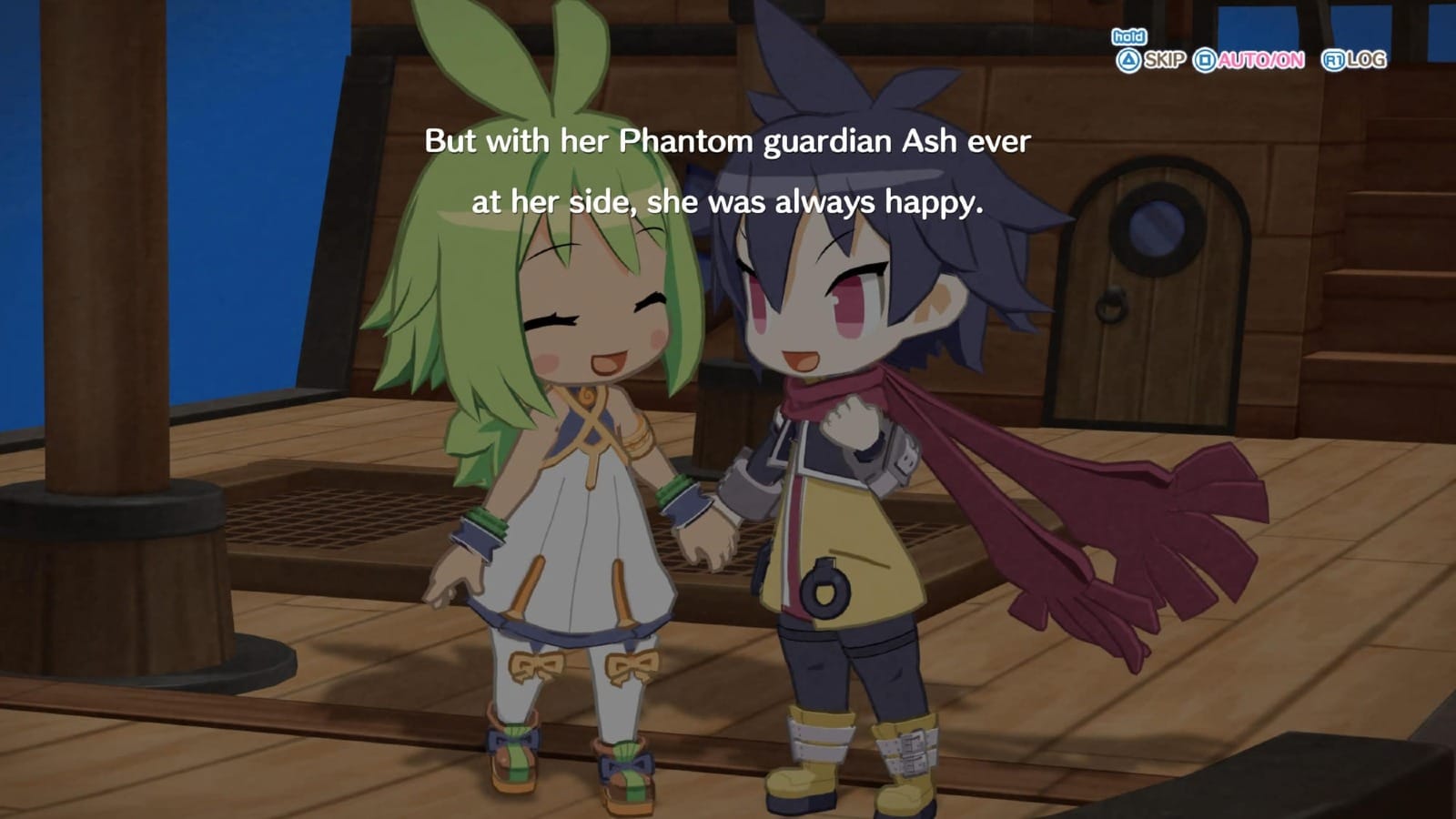
As we begin, we are introduced to our protagonist, Marona. A Chroma, or Bounty Hunter, whose job it is to help others in the area with their issues with her best friend, Ash. She’s extremely known in the area, as almost everyone you come across has heard of her legend as a Chroma. When you start the tutorial, you play through a quick battle before Ash tells Marona to run from the dastardly pirate lord who has control of a fleet of ghostly evil ships. Ash, sadly, is left behind.
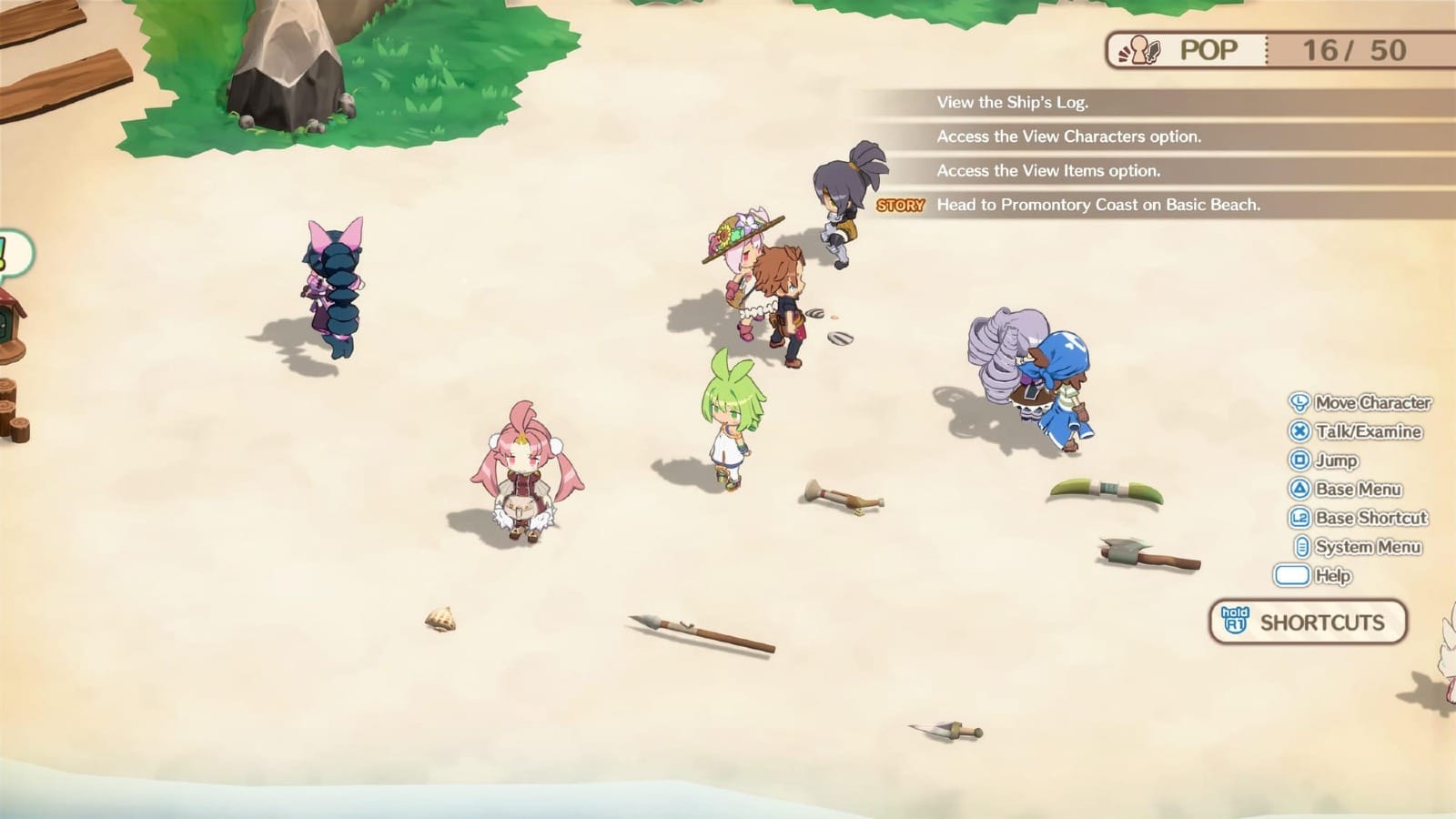
Marona washes up on shore, and it's here where the journey begins. She meets a young Phantom named Apricot who gives her the ability to use a physical form, which creates a bond of friendship quickly. Marona promises to help Apricot find her dad and vows she’ll find Ash. Throughout the story, you’ll meet four main companions alongside Apricot. You’ll meet an elderly first mate named Rouen, a rebellious former royal named Henna, a ghostly ice child named Urumi, and a pirate captain named Mayfair. I won't say much beyond their names because of how their stories all play out, but each one brings something new to the table from a character perspective.
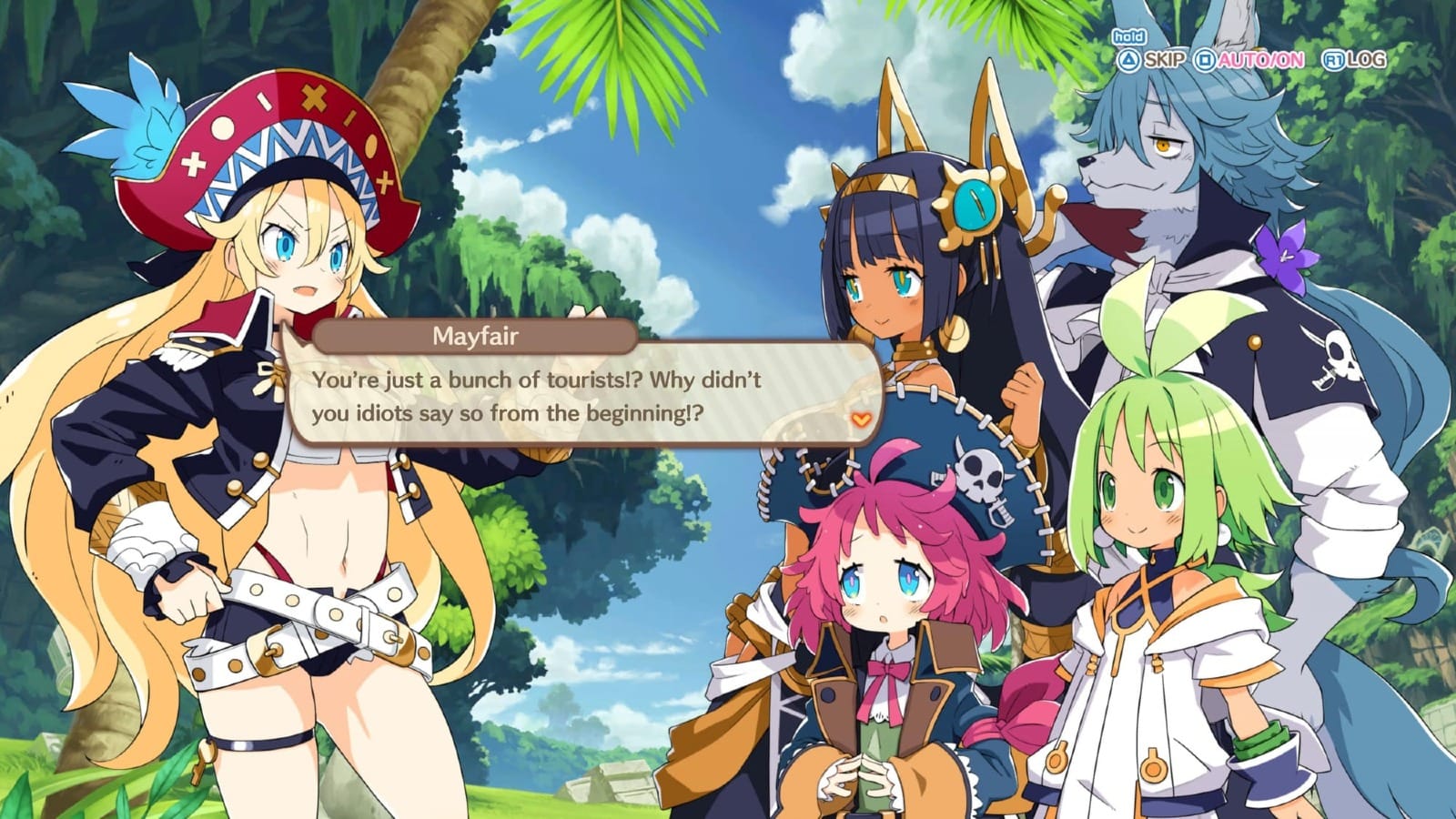
While we’re talking about the story, it’s extremely hit or miss. The story beats repeat each other quite often, leading to feeling like you’ve heard it before. Go to a new area, find something wrong in the area, discover the area is being cursed by a misunderstanding, Marona solves the misunderstanding with violence and moves on to the next area. This isn’t a bad thing to have for a story about pirates, but by the end of the first arc of the game, it’s gotten pretty stale. When you get to Chapters 8-10, though, a lot of things pay off, especially for the side characters you get early in the game. Things are revealed in these chapters that explain some of the past misunderstandings but also can sometimes be extremely predictable. I knew who the main villain was after chapter one. While that didn’t take much away from my enjoyment of the game, it didn’t allow for a “wow” factor when the big reveals happened.
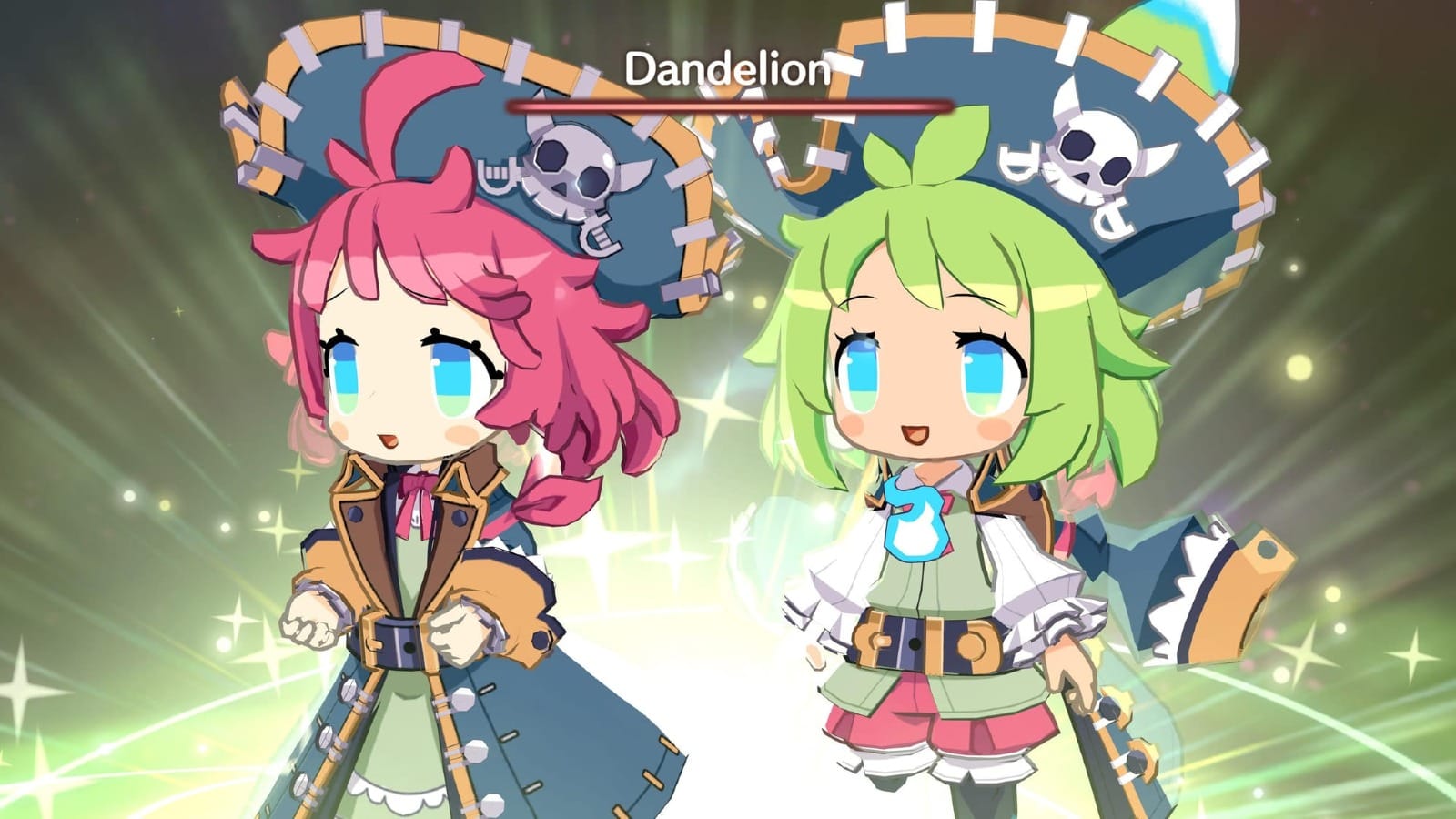
Facilities are part of the menu, with specific characters unlocking specific facilities. Each facility brings a new addition to your arsenal in the main HUB area. I won’t go through all of them here, but I will showcase a couple that were extremely helpful or fun throughout my playthrough.
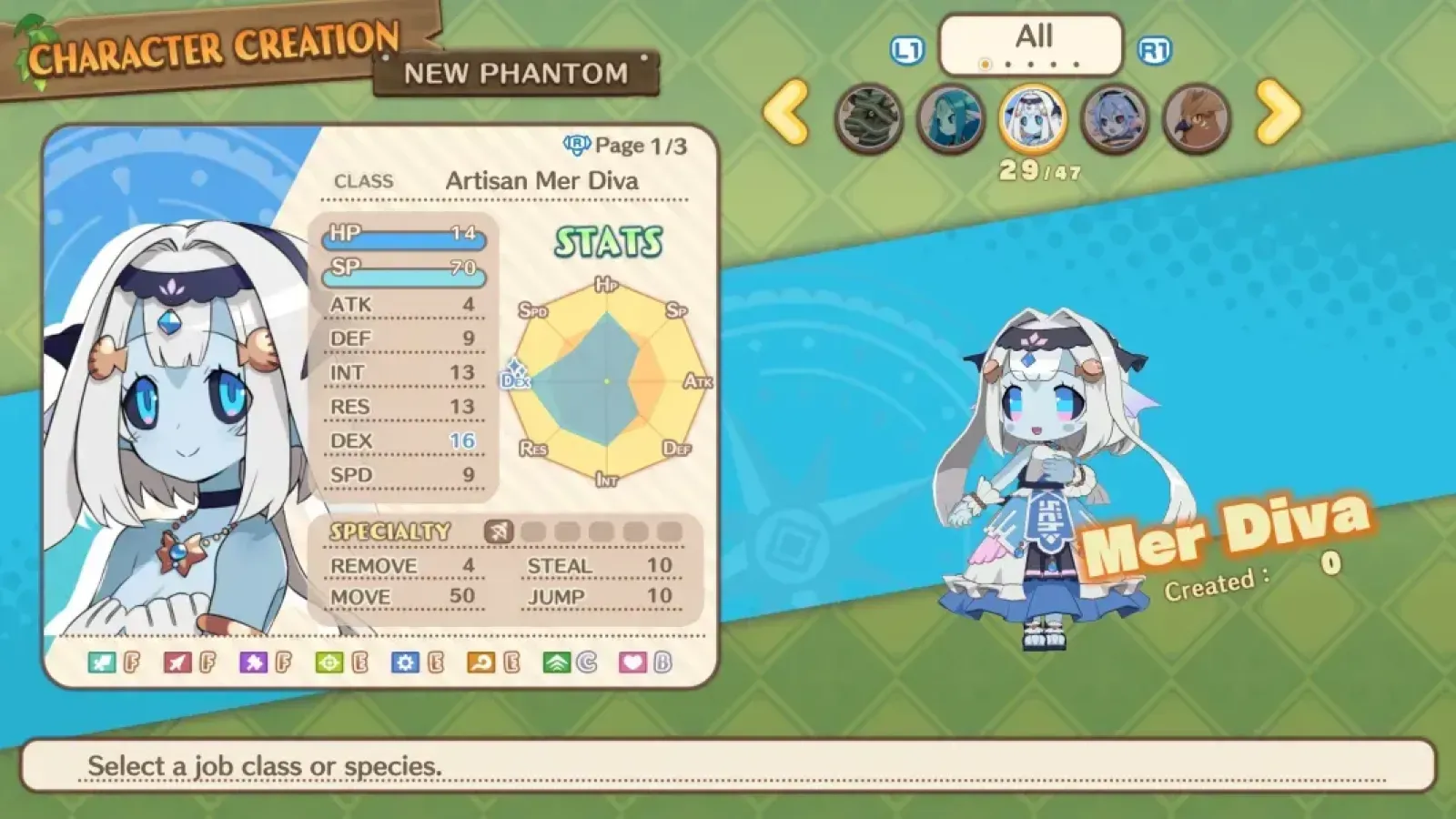
A unique feature I really liked was the “Character Creation” facility. Here, you can use classes you’ve unlocked throughout the game to create characters in the game such as a fighter, wizard, Engineer, Healer, Werewolf, etc. During the character creation, you can name them, choose their color scheme, and choose to make them good against some elemental abilities or fully balanced between all of them. While you unlock more than 40 classes, I personally didn’t use all the classes in my playthrough. I focused on a solid 15-20 and leveled them up as high as possible. Also, keep in mind, that you can only have so many confined characters on the battlefield at the same time (which we’ll discuss later). Character creation allows for you to make your team themed as you want and cater it to your playstyle.
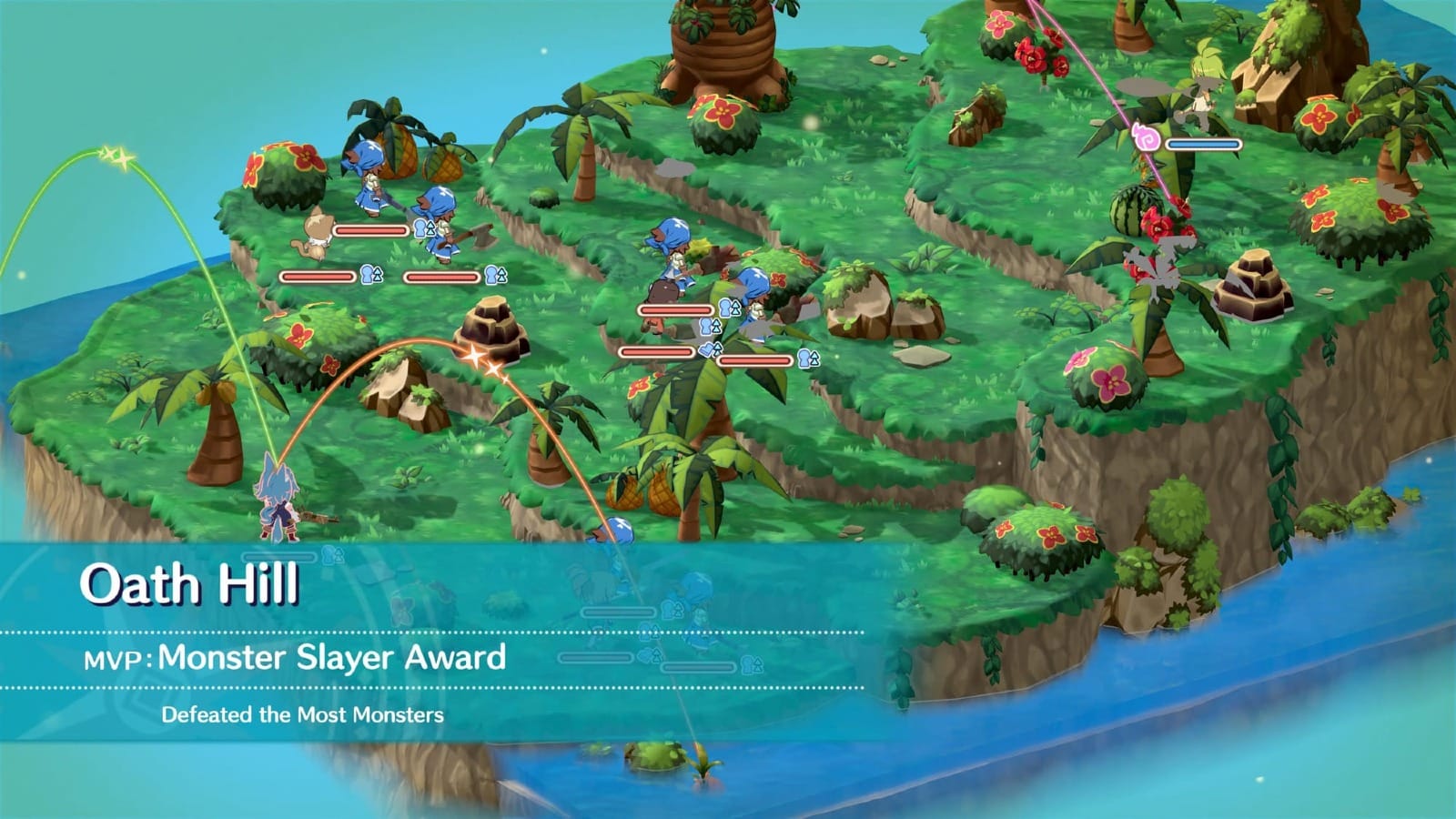
Requests are an easy way to make money, get items, level up new characters, and get some quick battles under your belt. These requests use Marona’s Chroma status to take jobs from local islands. The more islands under your influence, the more people you have to help. These battles took me anywhere from three to fifteen minutes and provided a lot of material for me to use in other areas. The hardest quests for me were the item requests. Some items are harder to find than others. I simply kept playing the game and hoped I would find the items as I went. That worked for about 75% of the requests.
Gadgets aren’t always the best use of a turn, but they’re fun to use in specific situations. This facility unlocks when you get an Engineer on your team and allows you to put Apricot in a tank, mech, or blimp. Each one does something different, but it does take a full turn to pull out the gadget and get into the gadget, so make sure Apricot is in a safe spot before using this ability. You can level up the gadgets as well, making them a force to be reckoned with on some maps.
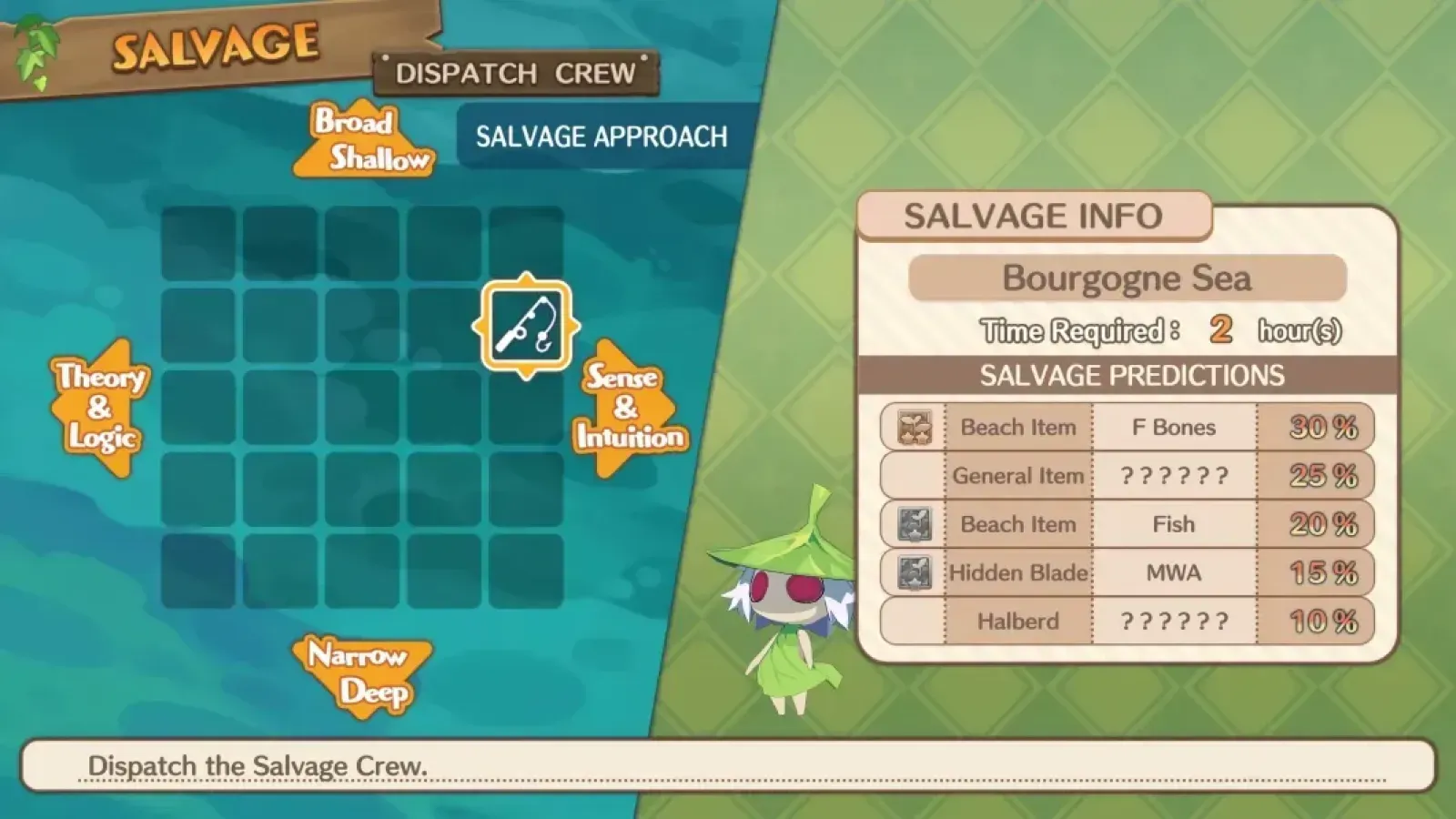
Salvage is another Facility I would suggest putting some time into from the beginning. You will unlock this when you create an Angler character. This uses in-game time to fish for items of all sorts. Weapons, items for quests, and items to spruce up the HUB world. I found this extremely helpful while doing Requests since the battles are short and you could get an item you need. With these items, you can either sell them or use them with a specific character. Which is a win-win for how little effort goes into using the Salvage ability.
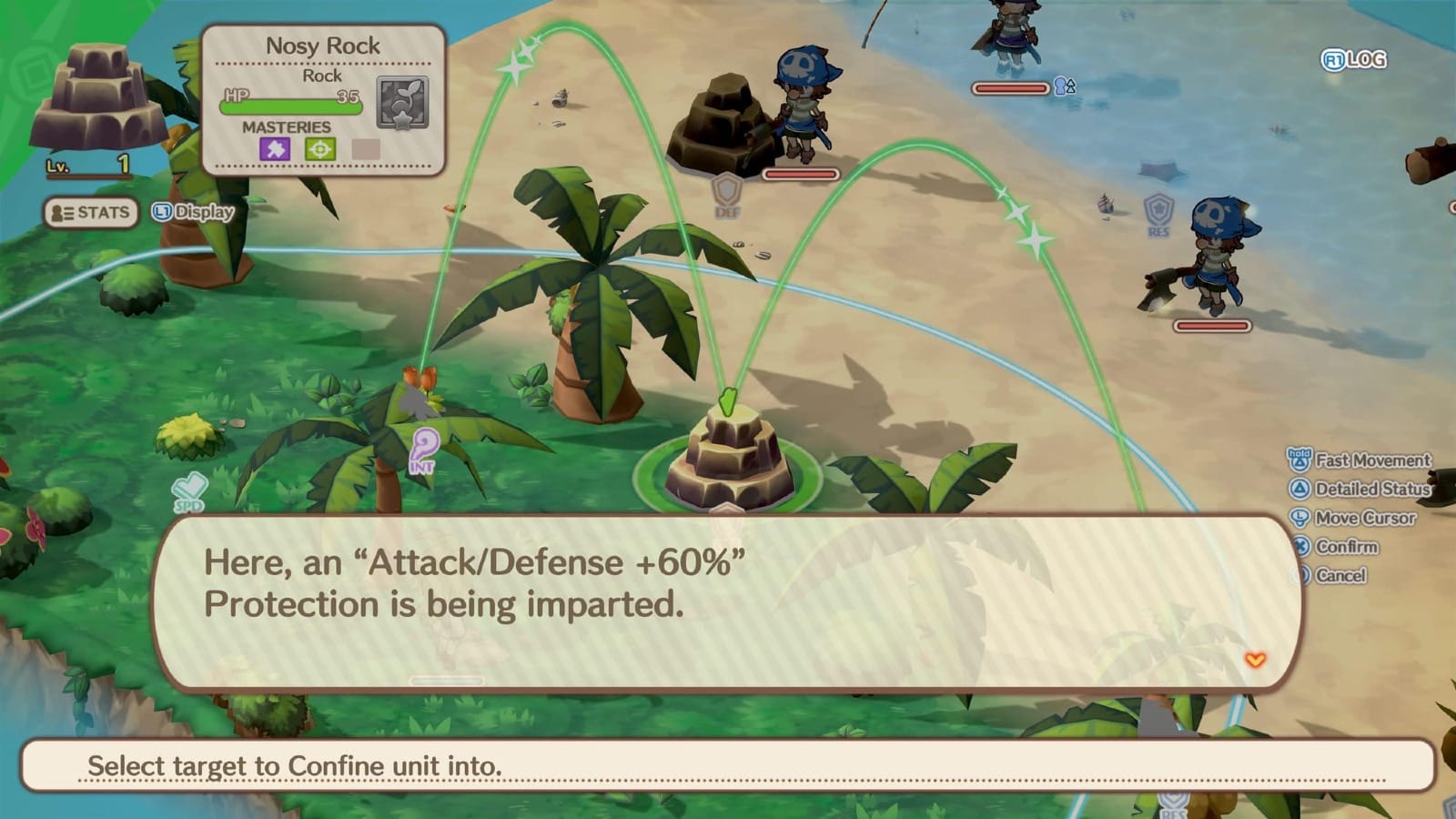
From a combat gameplay perspective, it’s very solid in some areas and absolutely infuriating in others.
The combat feels like a mixture of Mario + Rabbids: Sparks of Hope and Final Fantasy. You’ll have a circle to move in; while you set things up, the movement isn’t spent. However, once you start making actions, the movement is used up similar to M+R: SoH. This is my favorite way to play these types of RPGs because it allows you to see what you’re doing before you fully commit to it and use a turn.
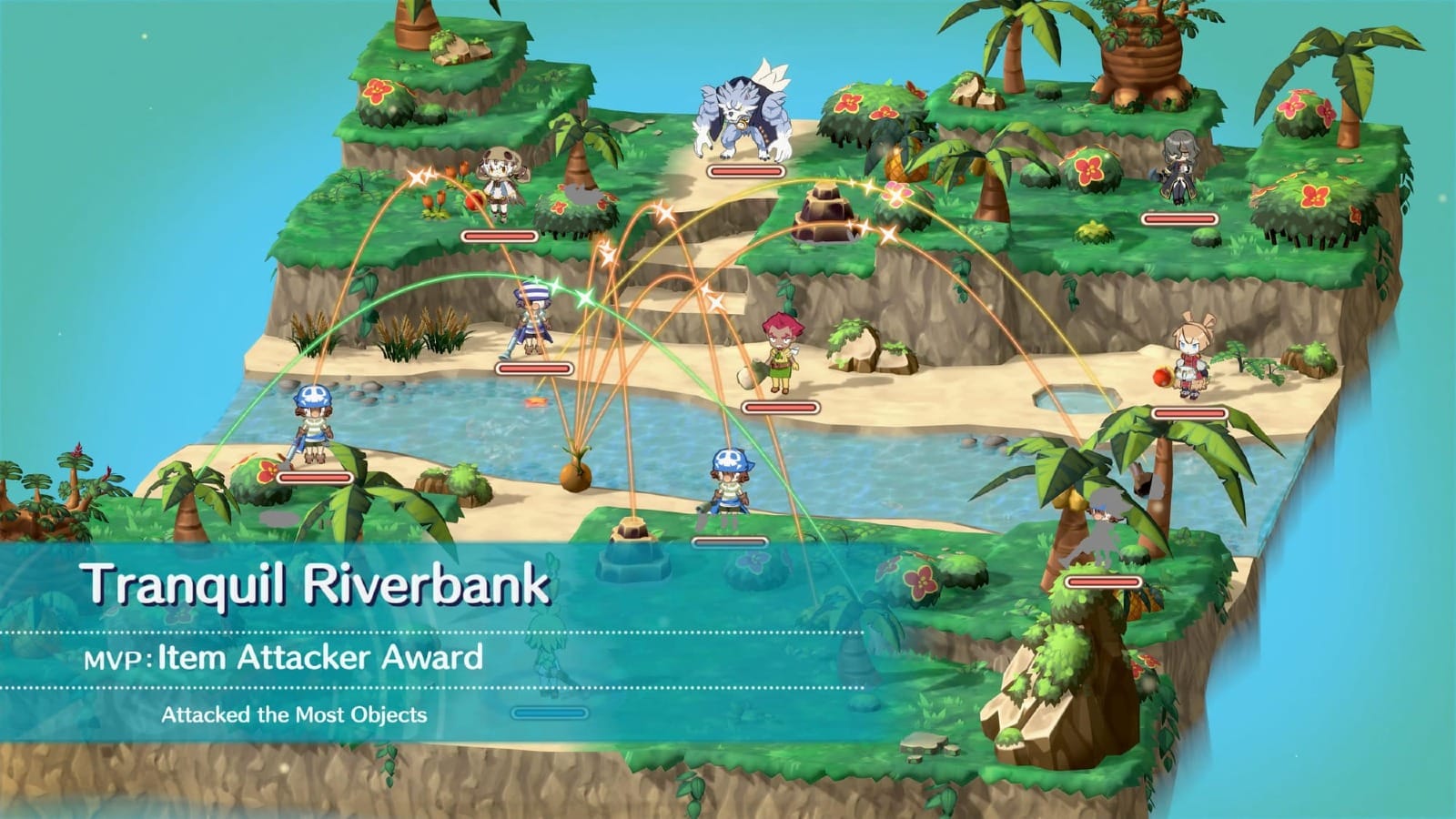
Meanwhile, the abilities and weapons remind me more of a pirate Final Fantasy. A lot of guns with wild abilities, especially as you get more powerful, and swords that are definitely too large for some of these characters to usefully hold.
These powers can be a lot of fun, if not a bit tedious. As you gain more abilities, the animations for them get longer and longer (I’m looking at you Hour of the Wolf), causing the battles to slow down considerably. While this is a minor complaint, I couldn’t find any way to turn animations off or speed up the animations like you can with modern Fire Emblem games.
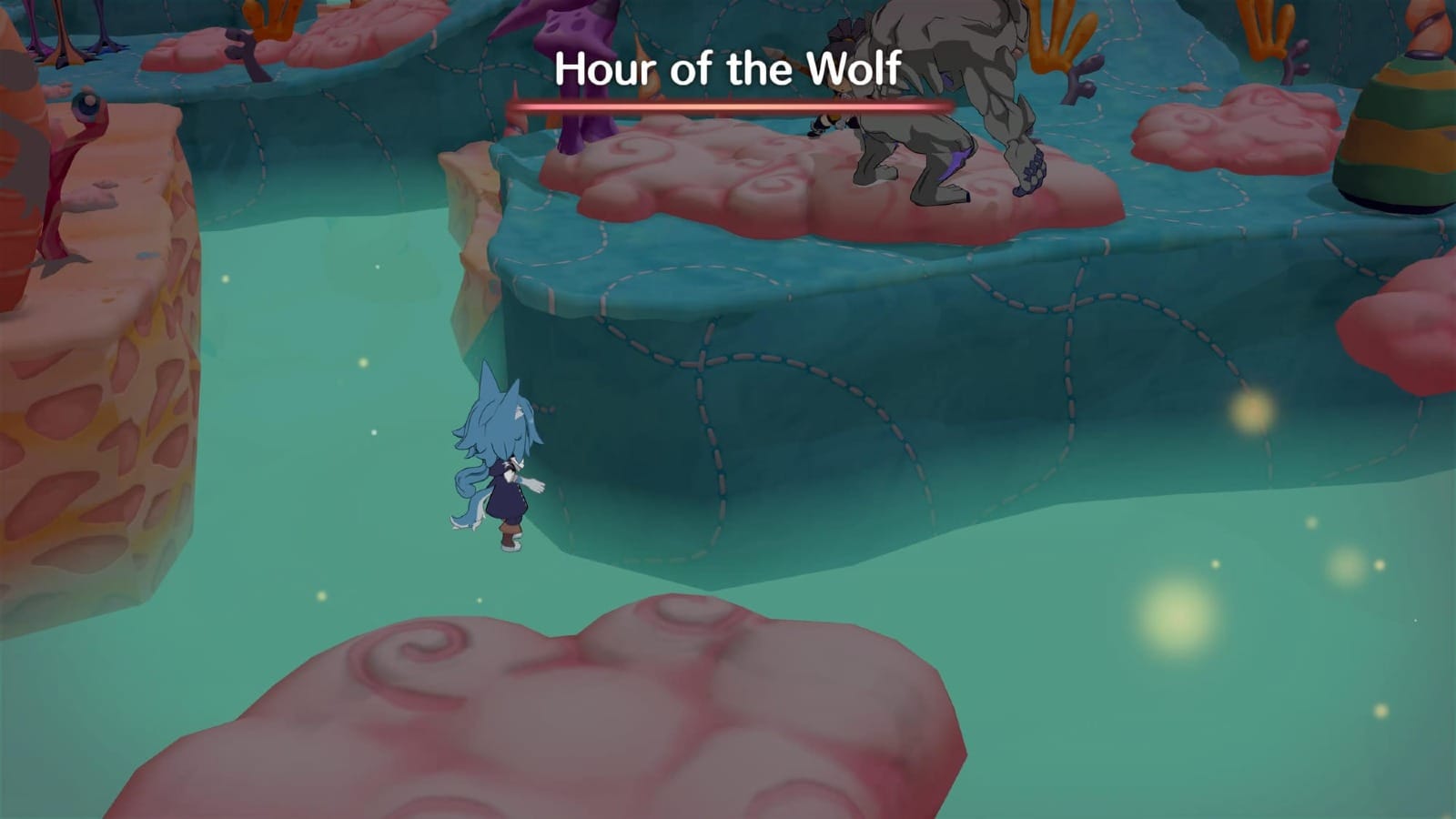
Another issue of note is the aiming in this game. If you’re moving quickly through turns (which with 8-12 characters on the map at a time you might start doing), there is a high chance that you’ll attack items on the map instead of the character you’re aiming for at the time. Some items must be destroyed to make the enemy vulnerable, so I understand the need to aim at an item. However, for the most part, you’ll be aiming at enemies that move and accidentally attacking an item can spell your doom depending on the situation. I would have loved it if the first thing the attack picks up is always the person first instead of whatever the game deems “closest” to you.
The CPU is also not the most advanced I’ve seen. I had multiple battles where a CPU controller character would fall off the map by themselves or just lose their turn due to miscalculating a jump. While this did indeed help me during battles, it definitely looked a bit funny.
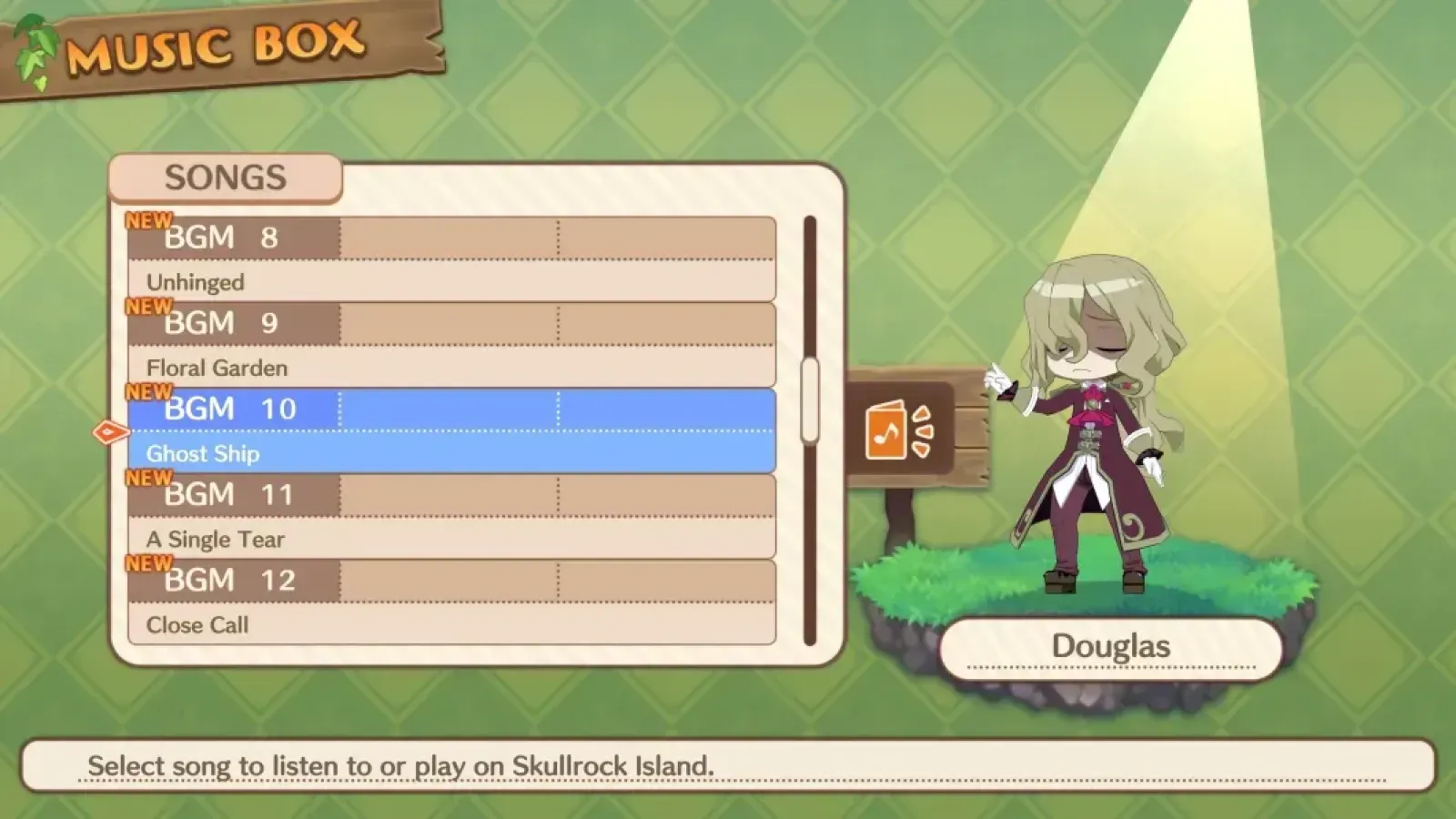
A fun aspect of The Lost Hero is how much music is available to you throughout the game. This is a fun addition given that the original Phantom Brave launched with the soundtrack added to the Special Edition of the game. You actually get a Music Box facility when you create a Musician character and can buy sheet music (not real readable sheet music to be clear, but in-game sheet music). With the sheet music, it adds music to the list which you can add as the main music for your island. Another level of customization that I enjoy.
Overall, the story may be straightforward, but there is so much charm to the characters, character creation, and amount of stuff to do, that Phantom Brave: The Lost Hero is worth picking up and playing through. It’s not the longest RPG I’ve ever played, but you get a lot of fun moments and lots of opportunities to replay the game with different groups and focuses. If you were a fan of the original and want to see where Marona’s story goes or just someone like me who thought it looked cool, The Lost Hero may be for you!
Phantom Brave: The Lost Hero
Great
Phantom Brave: The Lost Hero does a lot of interesting things throughout the story. From interesting locations to fun characters, and a lot of customization to play the way you want to play; The Lost Hero will have plenty of opportunities for replay, IF you enjoy the game enough. The Lost Hero has a few things that are either tedious or just plain annoying throughout, but those can be overlooked depending on how much you enjoy the game mechanics. Overall, a fun sequel to the 2004 game, Phantom Brave.
Pros
- A lot of freedom to create your team the way you want them
- Interesting battle mechanics
- Facilities allow for a lot of hubs world fun
Cons
- Repetitive story beats
- Some sound design choices were tedious
- Basic glitches that can ruin a character’s turn
This review is based on an early PS5 copy provided by publisher.
